Bidirectional Relationship Support in JSON

@JsonManagedReference and @JsonBackReference (which simply omits the back reference from serialization) or using @JsonIgnore to simply ignore one of the sides of the relationship. Alternatively, one can develop custom serialization code that ignore any such bidirectional relationship or circular dependency in the data. 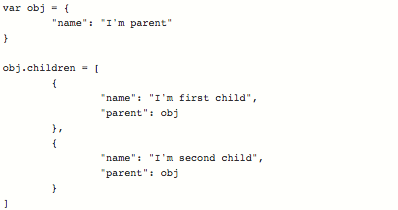
parent object to JSON (for example, by using the stringify method, as in var parentJson = JSON.stringify(parent);), the exception Uncaught TypeError: Converting circular structure to JSON will be thrown. @JsonIgnore), or we could simply remove the above references to the parent from the children, these are ways of avoiding rather than solving the problem. What we really want is a resulting JSON structure that maintains each bidirectional relationship and that we can convert to JSON without throwing any exceptions. 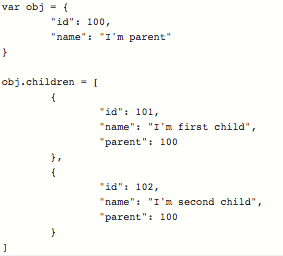
id). That will work just fine in the above example where the only property that has the value 100 is parent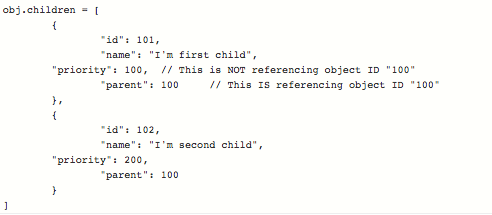
parent references the value 100, that IS referencing the parent object’s id, but when priority references the value 100, that is NOT referencing the parent object’s id (and since it will think that priority is also referencing the parent id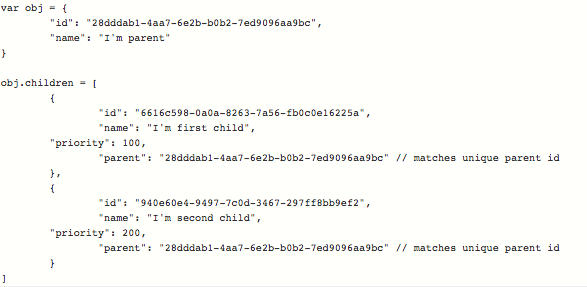
So that should work, right?
Yes.
But…Our approach is to have our serializer automatically create and add a unique ID (using a GUID) to each object. It then replaces any object reference with that object’s GUID. (Note that the serializer will need to use some unique property name for these IDs as well; in our example, we @id
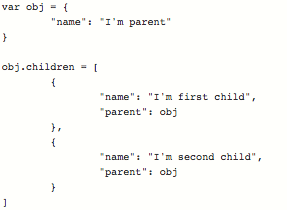
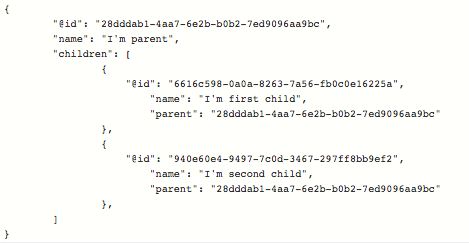
Then feeding the above JSON to the deserializer would generate the original set of objects (i.e., the parent object and its two children, referencing one another properly).
So now that we know what we want to do and how we want to do it, let’s implement it.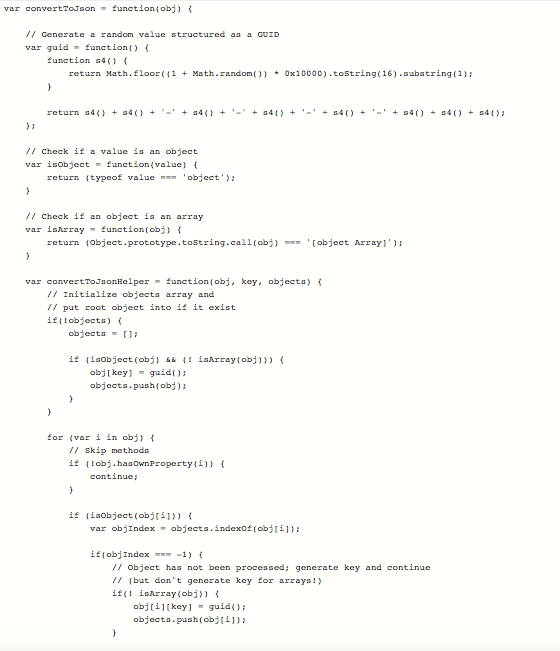
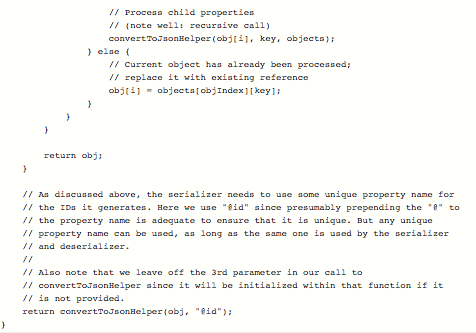
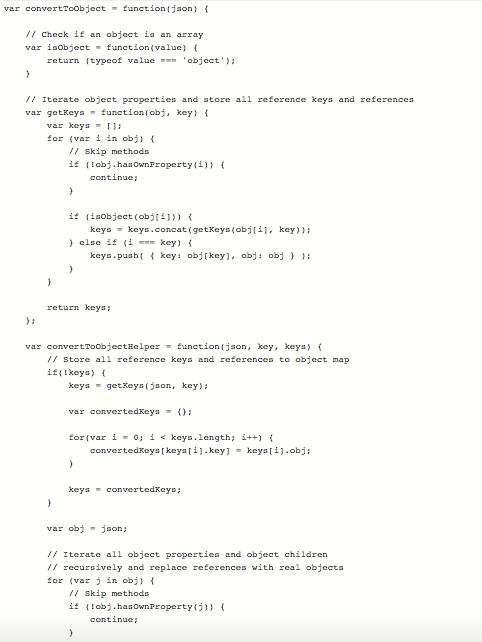
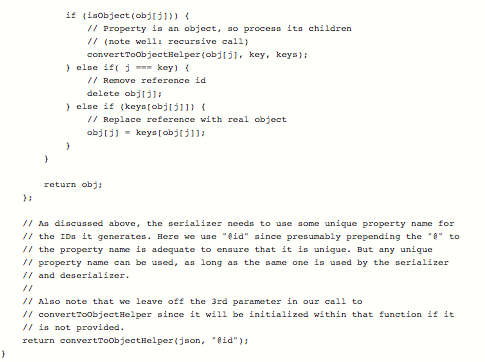
convertToObject(convertToJson(obj)) === obj evaluates to true. 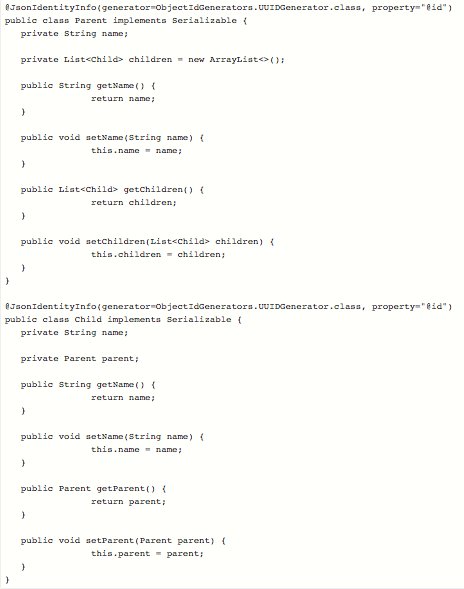
These two java classes Parent and Child represent the same structure as in JavaScript example in the beginning of this article. The main point here is in @JsonIdentityInfo
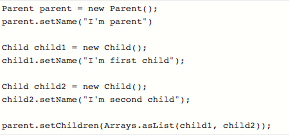
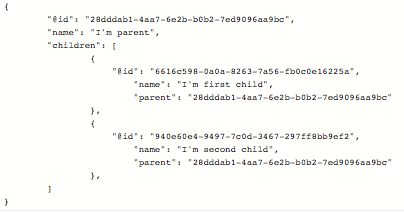
The described approach to handling a bidirectional relationship in JSON can also be leveraged to help reduce the size of a JSON file, since it enables you to reference objects simply by their unique ID, rather than needing to include redundant copies of the same object.
Consider the following example: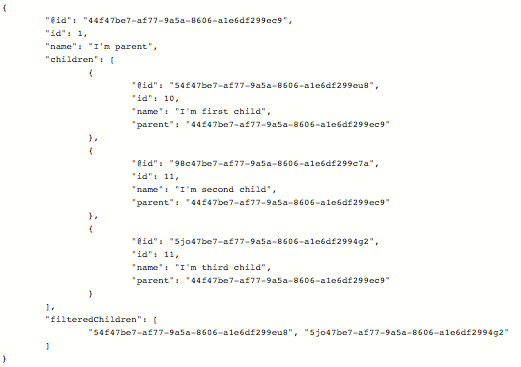
filteredChildren
JavaScript
Javascript Object Notation (JSON)


 Michelle
Michelle






